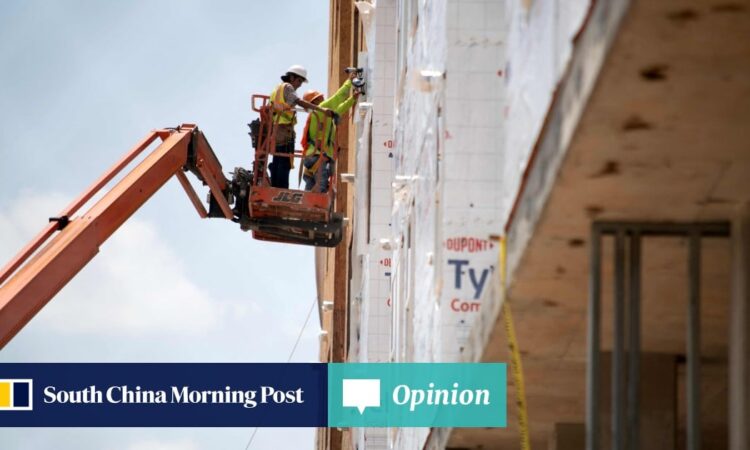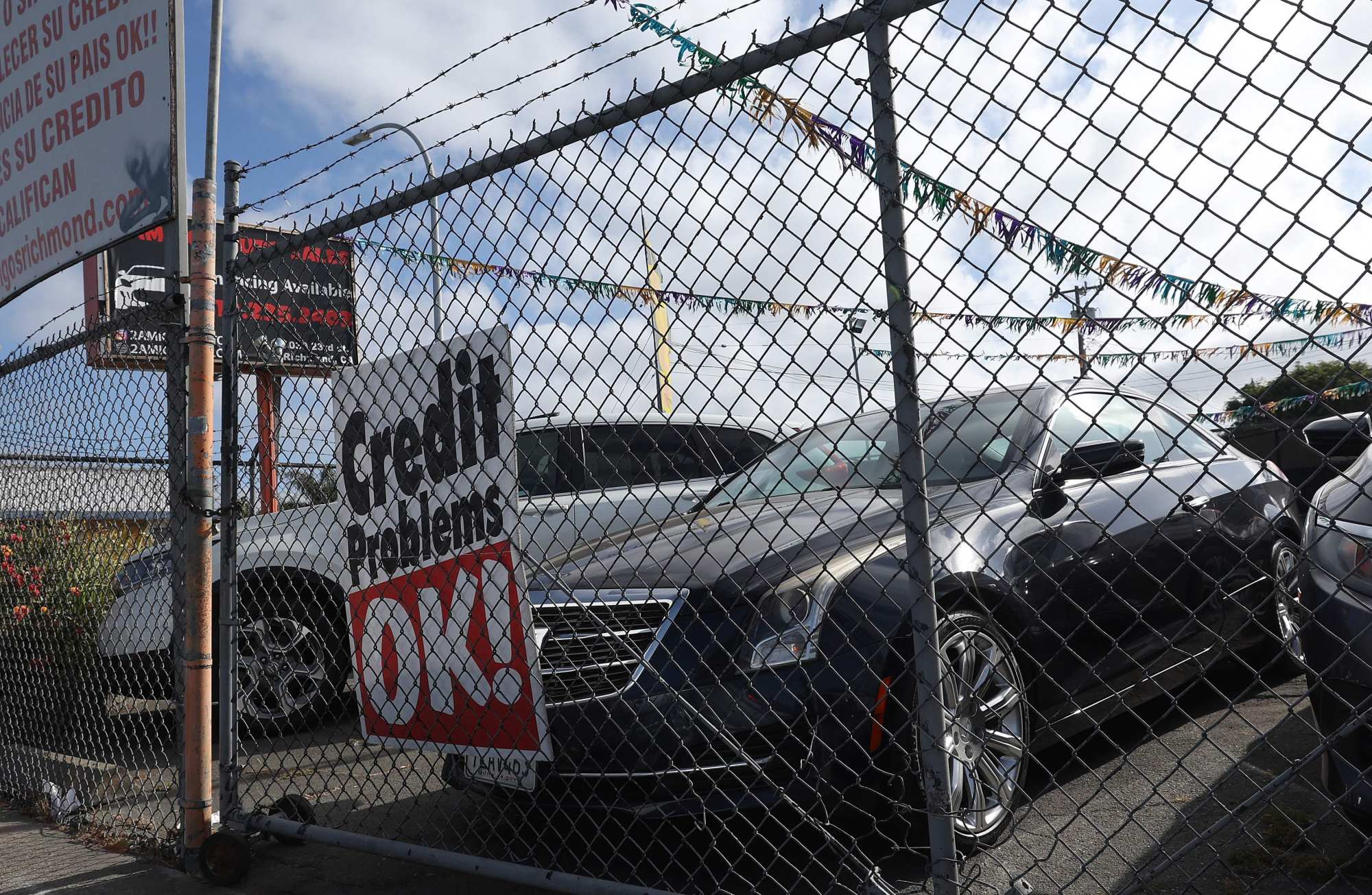
In a sign of how bleak investor sentiment towards the world’s second largest economy has become, Bank of America – one of several investment banks that has been relatively bullish on China this year – is advising its clients that “now is not the time to lose hope”.
The bad news, moreover, is in the prices. The MSCI China index – which tracks Chinese equities listed at home and abroad – is down about 50 per cent from its peak in February 2021. According to data from JPMorgan, Chinese shares are the worst-performing major asset this year along with commodities and British stocks.
Indeed, some analysts believe Chinese shares are oversold and will eventually benefit from Beijing’s more forceful measures to stabilise the property market. This is debatable, particularly since other restrictions remain in place. What is not in question, however, is that the risks in China are reflected in the prices of assets, especially equities and corporate bonds.
In Europe and the United States, on the other hand, the bad news is nowhere near priced in. Take the euro zone, where the Euro Stoxx 50 – the benchmark index of the bloc’s equities – is up nearly 12 per cent this year despite a nightmare scenario confronting policymakers. While China has a growth problem, the euro zone has a severe growth problem exacerbated by an acute inflation problem.

The threat of stagflation – a toxic combination of stagnation and inflation – is stalking the bloc. Although prices in the euro zone have fallen more sharply than in Britain – the poster child for stagflation shock – Europe’s single-currency area is contending with stickier inflation than America. The commodity shock stemming from Russia’s full-scale invasion of Ukraine is feeding through to wage demands, increasing inflation expectations.
This makes it difficult for the European Central Bank to halt its rate-raising campaign even though Germany barely exited recession in the second quarter and will stagnate for the remainder of this year.
It is not just Europe’s largest economy that is experiencing a steep downturn. Survey data published on August 23 revealed that services sector activity in the bloc as a whole last month contracted for the first time since late last year.
Yet, despite these risks, spreads on euro zone high-yield, or junk, bonds are lower than they were at the end of last year. This can only be described as an egregious mispricing of risk, and one that is bound to come back to haunt investors.
In the United States, the economy is in better shape which, paradoxically, is the main reason why asset prices are vulnerable to a disorderly correction. At the start of this year, a recession seemed inevitable. Yet, the labour market has proved resilient to the Fed’s aggressive rate increases. Furthermore, inflation has fallen more sharply than in Europe, convincing many investors that the economy is experiencing a “soft landing”.

The unexpected outperformance of the US has unleashed a wave of optimism, underpinned by the hype around generative artificial intelligence. The technology-heavy Nasdaq Composite index is up a staggering 32 per cent this year, making it the world’s best-performing major index, according to JPMorgan.
However, there is a price to pay for the persistent resilience of the labour market. It makes the so-called last mile of the Fed’s efforts to quash inflation much harder, increasing the risk of further rate hikes at a time when there are concerns the Fed has already tightened policy too sharply.
Talk of a soft landing for the US economy is still just hope
Talk of a soft landing for the US economy is still just hope
Signs of stress among consumers are growing – credit card and car loan delinquency rates are surging – as inflation eats away at people’s savings. Moreover, job growth has slowed sharply over the past several months in a sign that the cumulative effect of the Fed’s rate increases is starting to bite. “Let’s not forget that a hard landing will always start out by looking like a soft landing,” Torsten Slok of Apollo Global Management said in a note published in July.
China’s markets are still vulnerable. But at least the bad news is priced in. In Europe and the US, markets are far too complacent.
Nicholas Spiro is a partner at Lauressa Advisory






